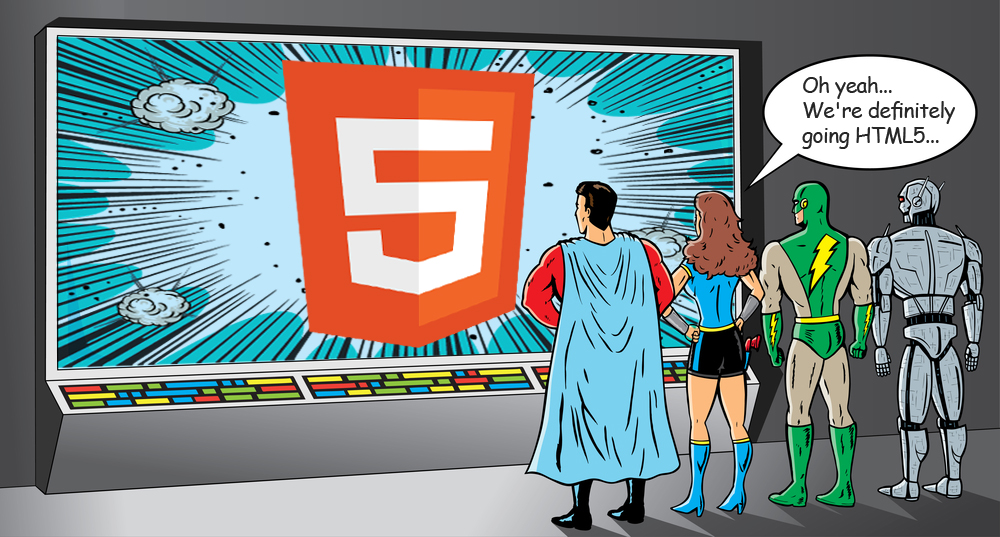
Asset managers and institutional investors all over the world, using different computers and browsers, rely on eVestment’s online data and analytics solutions to capitalize on global investment trends, select and monitor investment managers and enable asset managers to market their funds worldwide. At the beginning of 2012, we acquired two firms with the goal of migrating all clients to a single, global platform. Together with our IT department, we were faced with the challenge of coming up with a strategy to create one single Web-based platform that incorporated the best features from the multiple platforms we were using, including ASP.NET, MVC and JQuery.
To manage these multiple platforms, we went through a time-consuming process of testing, designing, tweaking and approving software built in a variety of programming languages for multiple browsers and desktops. We often spent weeks conducting styling tweaks, browser testing and UI bug fixes to make sure apps worked in specific browsers. As a provider of investment data intelligence for more than 2,500 global clients, time is money and we really needed to get faster at releasing updates. We were at an IT crossroads.
We knew that moving our online data and analytics solutions to HTML5 was the ideal approach for standardizing app development. To review our options for an optimal HTML5-based framework, we spent about half a year researching and evaluating different JavaScript frameworks, including Sencha Ext JS, AngularJS and JQuery, based on performance, responsiveness and speed. Ultimately, we decided on Sencha Ext JS for its superior browser compatibility and for how it handles vast amounts of data with out-of-the-box features and components. After deploying HTML5 apps, we’ve experienced an overall improvement in application performance, saving an average of 11 seconds on processing time.
If you find yourself with a similar IT challenge, here are some things to look for when beginning to pick a new application platform:
• What are you trying to build? Which functionalities are important to you? For eVestment, we needed something that could handle huge data queries with speed and ease. What will your developers need? For example, we needed tab browsing to be easy and intuitive, because our users often have several investment profiles open simultaneously. We put that at the top of our list when choosing between software development platforms.
• What are the users’ needs? How do you meet customer demand? At eVestment, we looked for application design that allowed users to drag and drop investment strategies to test prototype portfolio concepts. Using HTML5, we were able to develop a high-fidelity liquidity simulator with Ext JS and mock data during a two-day hackathon—helping our clients reduce time-to-market for their investment strategies.
• What tools do your developers prefer? What programming skills do your developers have, which do they need to learn and how can you provide them with tools for a more productive process? With Sencha Ext JS for instance, we were able to divide project tasks by having one team work on the front-end while a separate team worked on the service layer. Find out what your team needs to be most productive.
• Finally, how supportive is your software partner? It doesn’t matter whether you’re introducing new or familiar development tools, we’ve found that training and support is key to a smooth and effective deployment process. Make sure you get the support you need.
One app platform or many, the choice is yours, but our IT team saved a large amount of time and avoided considerable frustration by eliminating the silo effect of multiple app versions that could not interact. At eVestment, the need to standardize app development to a single Web-based platform was clear given our user demands, app requirements and company goals.






